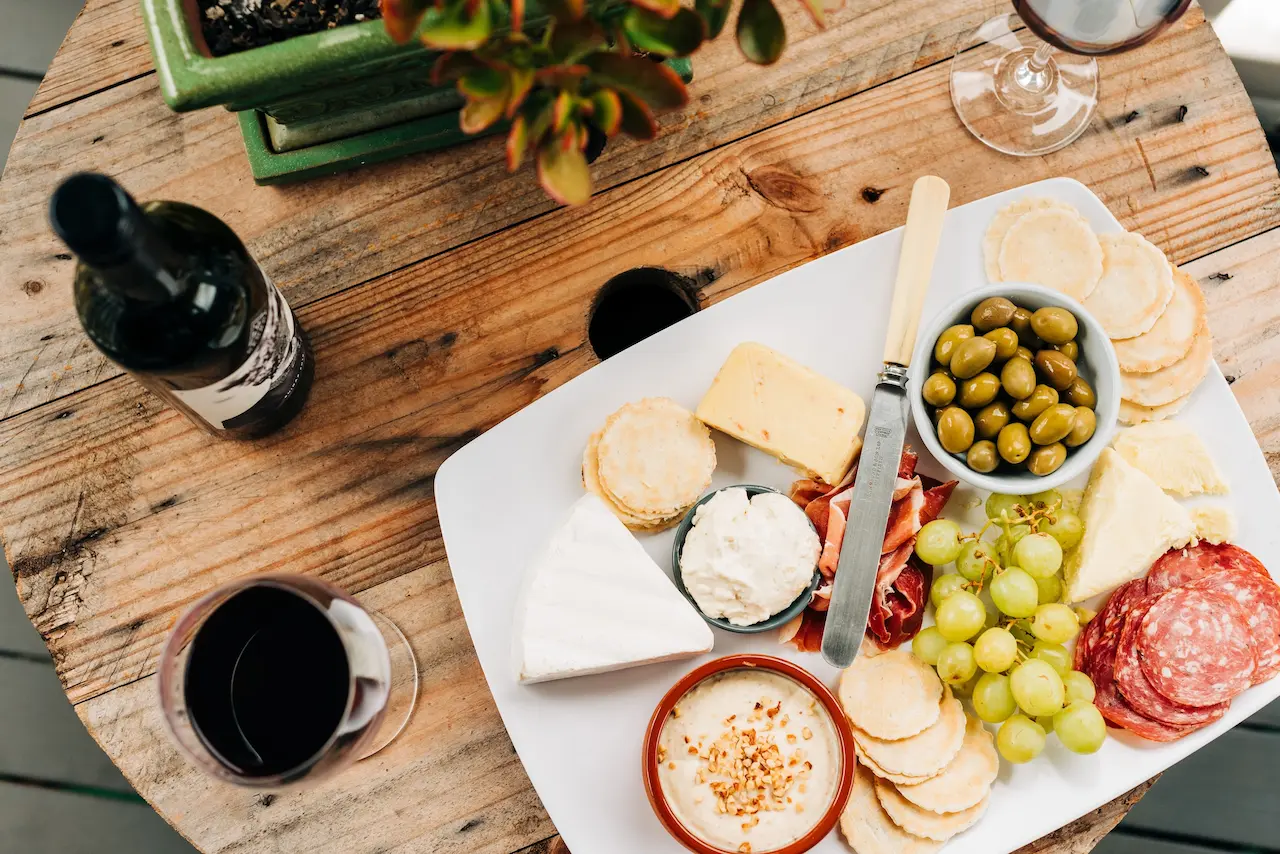
FAQ About Wine - Wine is one of the oldest alcoholic beverages in the world, enjoyed for its rich flavors, aromas, and intoxicating effects. There are two main types of wine: red and white, which differ in their appearance, taste, and the way they are made.
Wine is a fermented alcoholic beverage made from grapes. It is a popular drink that has been around for thousands of years and is enjoyed all over the world. The two main types of wine are red and white wine. Understanding the differences between the two can help wine enthusiasts choose the perfect bottle for any occasion.
Red wine is made from red or black grapes that are fermented with the skins and seeds still attached. This results in a rich, full-bodied wine that ranges in color from deep purple to light red. The skins and seeds of the grapes contain tannins, which are responsible for red wine's characteristic dry, astringent taste and long-lasting finish.
White wine, is made from green or yellow grapes that are fermented without the skins and seeds. This results in a lighter, crisper wine with a much milder taste and a shorter finish. White wine can range in color from clear to light yellow, and is usually lighter in body and alcohol content compared to red wine.
The difference in taste between red and white wine can be attributed to a number of factors, including the type of grape used, the time the grape skins are left in contact with the juice, and the type of yeast used during fermentation. Red wines tend to be more robust and full-bodied, with flavors that range from fruity (such as cherries, berries, and plums) to spicy and earthy (such as tobacco and leather). This complexity of flavor is due to the tannins in the skins and seeds, as well as the exposure to oxygen during the aging process.
White wines, on the other hand, tend to be lighter and fruitier, with flavors that include citrus, green apples, and peaches. The absence of tannins in white wine gives it a smoother, less bitter taste and a shorter finish. White wines can also have floral and herbal notes, such as roses or basil, which are often prominent in the aroma of the wine.
The color of red wine is, as its name suggests, red or dark purple. The color of white wine is light yellow or green. The clarity of red wine can range from clear to cloudy, but it is often cloudy due to the presence of tannins and sediment. White wine, on the other hand, is typically clear and transparent.
The flavor profile of red wine is complex and can range from sweet to dry, fruity to earthy, and spicy to smooth. It is known for its rich taste, which is often attributed to the presence of tannins. Tannins are compounds found in the skins, stems, and seeds of grapes that give red wine its distinct flavor and mouthfeel. White wine, on the other hand, is typically lighter and has a crisp, refreshing taste. It is characterized by its fruity and floral notes and is typically less bitter than red wine.

The production of red wine involves fermenting the juice of red grapes along with their skins, stems, and seeds. The juice takes on the color and tannins from the skins, giving it its characteristic taste. White wine is made from the juice of white grapes or from red grapes with the skins removed before fermentation. The aging process for red and white wine can vary depending on the type of wine and the winemaker's preferences. Some red wines are aged for several years in oak barrels, while others are bottled and sold shortly after production. White wine, on the other hand, is typically aged for a shorter period of time and may not be aged in oak barrels at all.
When it comes to food pairings, red wine is often recommended with heartier, meat-based dishes, such as steaks, burgers, and roasted meats. The tannins in red wine help to cut through the fat in these dishes, making them more palatable. White wine, on the other hand, is often recommended with lighter, seafood-based dishes, such as grilled fish, salads, and pasta dishes. The crisp, refreshing taste of white wine helps to cleanse the palate and enhance the flavors of these dishes.

When it comes to health benefits, red wine is often associated with the “French Paradox” – the observation that despite consuming a diet high in saturated fat, the French have a low incidence of heart disease. Research has suggested that the polyphenols in red wine, particularly resveratrol, may have cardiovascular benefits, including reducing the risk of heart disease and stroke. However, it is important to note that the health benefits of red wine are only applicable in moderation, and excessive consumption can have adverse effects on the liver and other organs.
White wine, on the other hand, has lower levels of polyphenols compared to red wine, but is still a source of antioxidants and other compounds that have been linked to various health benefits. Drinking white wine in moderation may help to reduce the risk of heart disease, improve brain function, and support overall health and well-being.
In conclusion, red and white wine differ in their appearance, taste, making process, food pairings, and health benefits. Both types of wine can be enjoyed in moderation for their unique flavor profiles and health benefits. The choice between red and white wine is ultimately a matter of personal preference, but understanding the differences can help guide your decision. Whether you prefer the rich and complex taste of red wine or the crisp and refreshing taste of white wine, there is a wine for every occasion.
